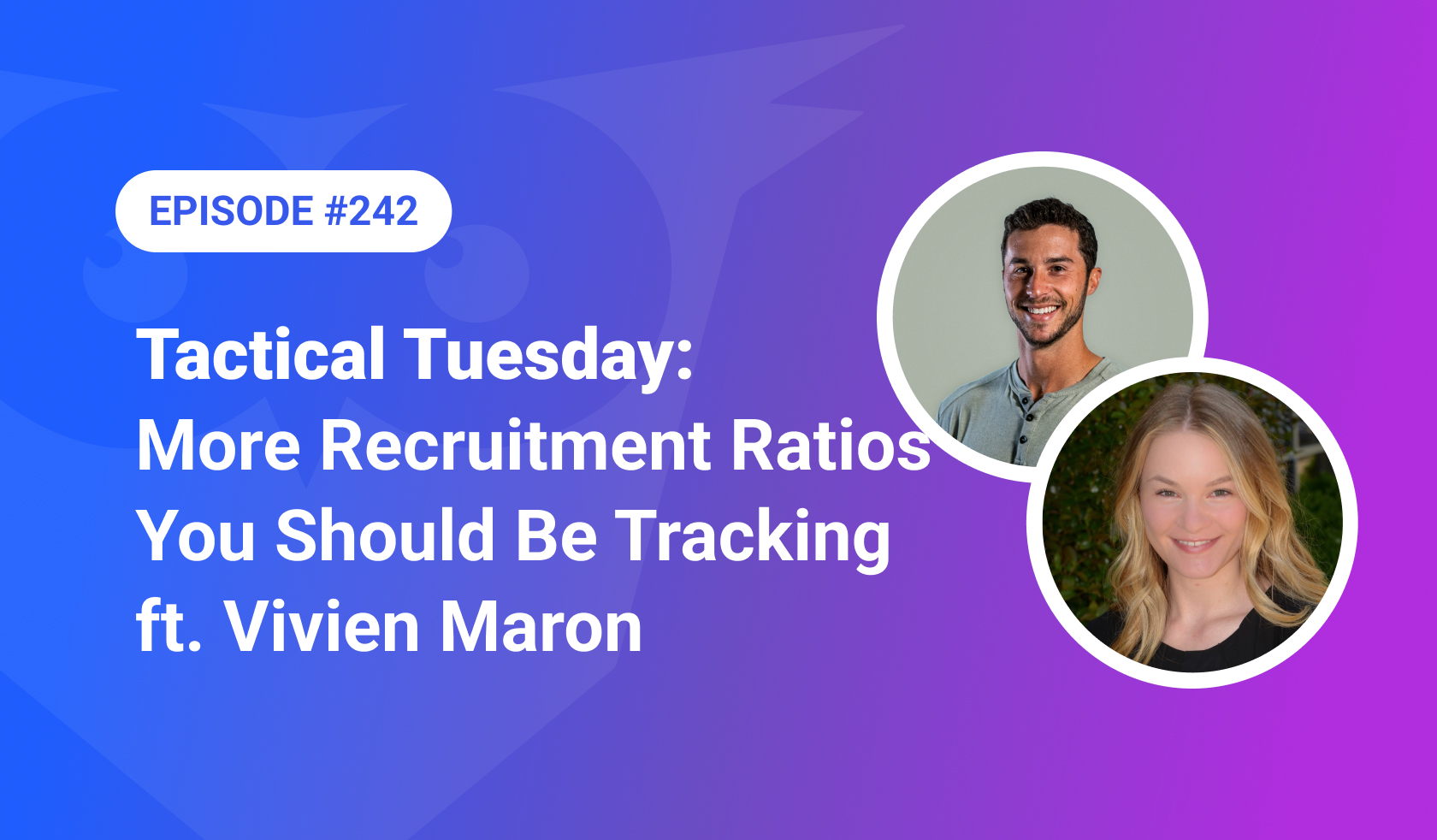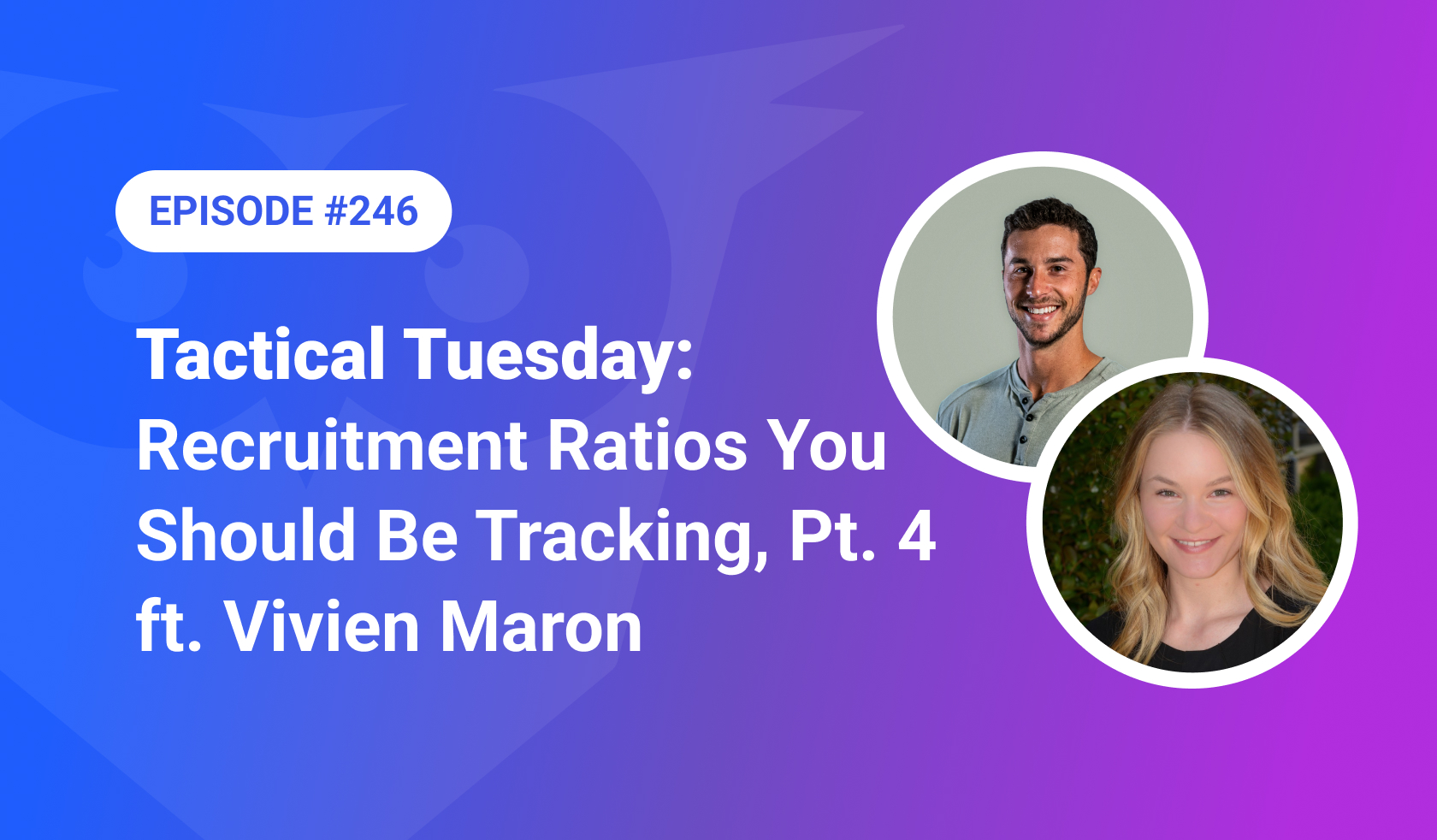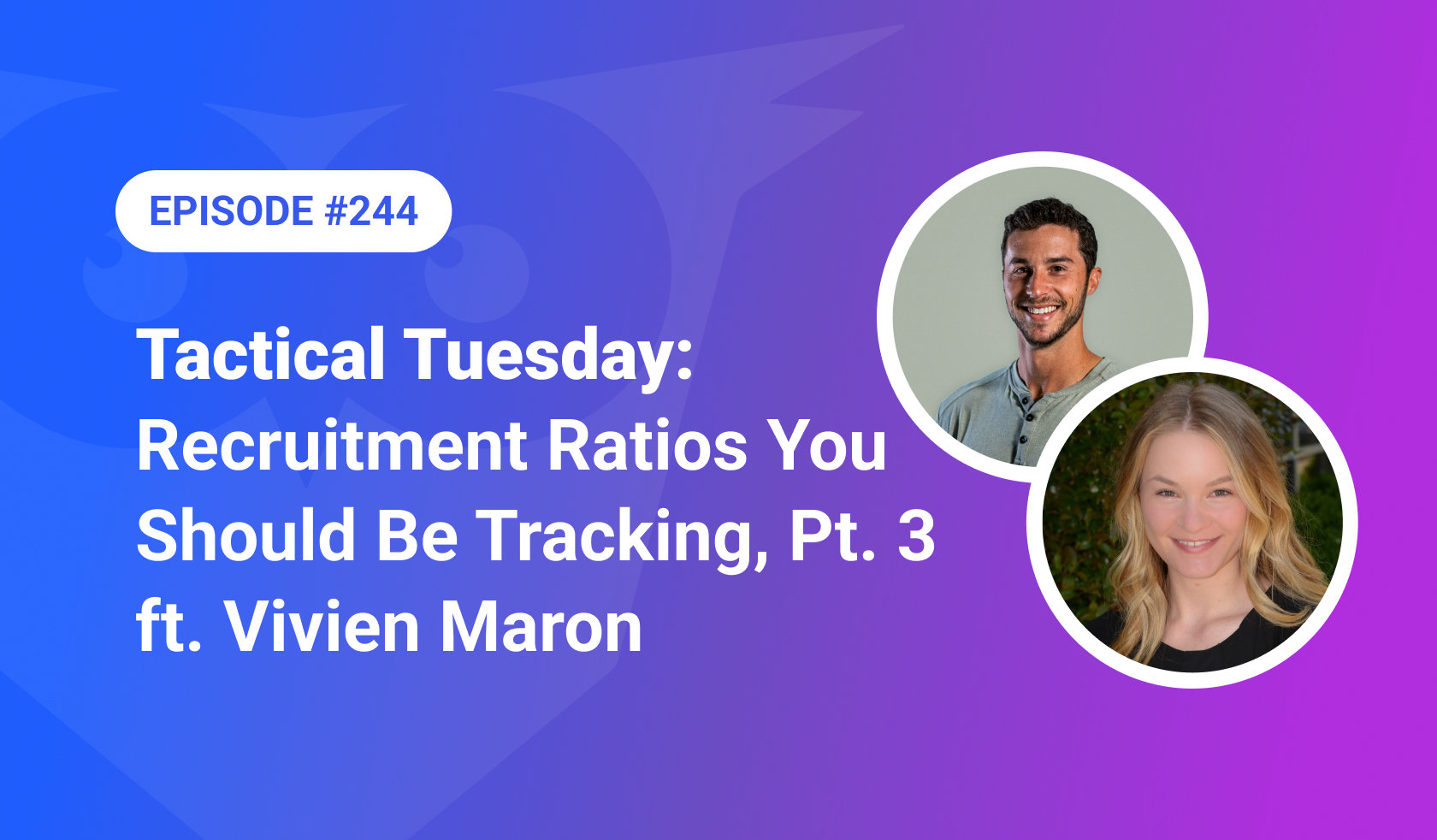Summary
You can't afford to make a bad hire — but how can you take steps to actively avoid doing so? This conversation with Paul Stansik, PE Operating Partner at ParkerGale Capital, will shed a light on this and so much more.
Through a four-step framework he's built for effective hiring, Paul shares an absolute masterclass in this episode, detailing everything from how important it is to know what you want, how to source and assess candidates, and how to learn with each and every hire.
Throughout our conversation together, Paul emphasizes the importance of being structured and intentional in every step of the hiring process — and then provides actionable, tangible tips on how to do so. We say this every time, but you're REALLY not going to want to miss this one.
Takeaways
- The first step in effective hiring is knowing what you want and clearly defining the results you want the new hire to achieve.
- Creating a performance profile that outlines the expectations and desired outcomes for the role is crucial.
- The performance profile should be concise, readable, and set clear expectations for candidates.
- The framework for effective hiring consists of four steps: know what you want, source your own candidates, be structured in your assessment, and learn from who you hire. Create a performance profile that clearly defines the expectations for the role.
- Ask detailed, behavioral questions during interviews to assess a candidate's past performance and their ability to meet high standards.
- Assess fit and motivation during interviews to ensure alignment with the company's culture and goals.
- Regularly evaluate the effectiveness of the hiring process by connecting it with performance management and seeking feedback from candidates.
- Continuously improve and adapt the hiring process based on feedback and data.
Chapters:
00:00 - Podcast Intro
02:35 - Paul Stansik: Insights into the Man Behind the Framework
06:40 - Understanding the Shortcomings of Conventional Processes
14:10 - Unlocking the Four-Part Framework
17:14 - Understanding the Significance of Defining Requirements
22:33 - Asking the Right Questions for Extracting Relevant Details
39:12 - Strategies for Refining Your Inquiry Techniques
42:32 - Techniques for Evaluating Candidate Alignment
51:53 - Incorporating Feedback for Continuous Improvement
01:03:27 - Assignments for Real-World Application
01:08:08 - Concluding Thoughts and Farewell
More from Becoming a Hiring Machine
Become a hiring machine
Ready to see for yourself how Loxo can transform your recruitment workflow and make you more efficient than ever before? We thought you might be.



